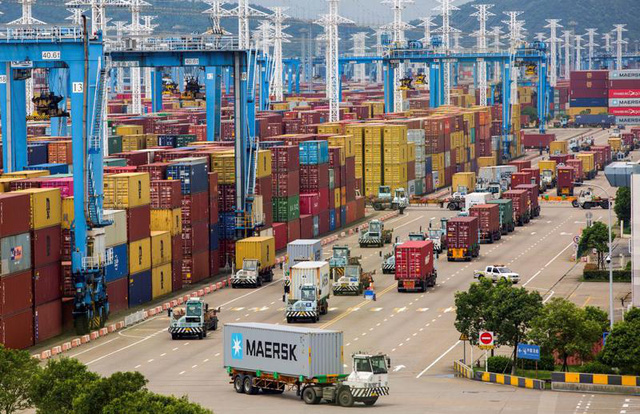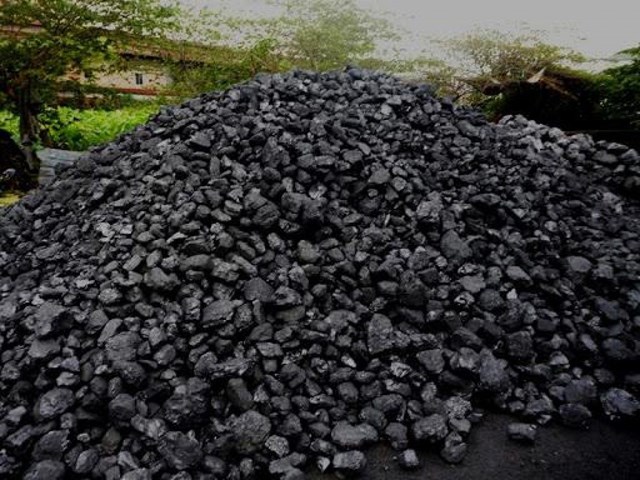According to Minister Nguyen Hong Dien, coal-fired power is one of the main sources of electricity to meet electricity demand. Therefore, in the period of 2021-2030, it can be affirmed that the desire to completely stop developing coal-fired power plants is not feasible.
At a meeting with the Minister of Energy, Trade and Industrial Strategy of the United Kingdom of Great Britain and Northern Ireland, Minister of Industry and Trade Nguyen Hong Dien said that coal-fired power plants currently account for over 32% of the total capacity. national power source and is playing an important role in ensuring the national energy security of Vietnam.
This is one of the main power supplies to meet the electricity demand for socio-economic development and maintain the stable operation of the whole system.
Therefore, in the period of 2021-2030, it can be affirmed that the desire to completely stop developing coal-fired power plants is not feasible.
Minister of Industry and Trade Nguyen Hong Dien at the conference (Photo: Ministry of Industry and Trade)
The draft National Power Development Plan for the period 2021-2030, with a vision to 2045 (Power Master Plan VIII) has closely followed the objectives set out in the process of construction and completion as well as a comprehensive assessment of the impact on ensuring the security of electricity supply when considering the rate of gradual reduction of coal power sources.
Accordingly, by 2030, Vietnam will not develop new coal-fired power plants other than those approved in the revised Power Master Plan VII, minimizing the development of more coal-fired power plants. until 2045 and gradually phase out coal-fired power plants that have been operating for many years with outdated technology.
In the Draft Power Plan VIII, the total coal-fired power source by 2030 is 40.7 GW, nearly 15GW lower than the adjusted Power Plan VII (55.3 GW by 2030 according to the base plan).
Thus, nearly 15GW from coal-fired power sources in the revised Master Plan VII has been eliminated, replaced or pushed back after 2030 in the Draft Power Master Plan VIII.
According to Minister Nguyen Hong Dien over the years, the Vietnamese Government has paid great attention to the development of renewable energy to meet energy demand, ensure energy security and reduce greenhouse gas emissions.
Many specific policies have been issued to encourage the development of renewable energy such as fixed electricity price (FIT) policy for wind power, solar power, biomass power, electricity from solid waste. .
In addition, renewable energy power projects also enjoy many other preferential mechanisms and policies such as priority for power generation, stable exchange rate, incentives on corporate income tax, import tax…
Thanks to these incentive policies, in the past time, especially in the two years of 2019-2020, there has been a very rapid development of renewable energy in Vietnam (especially solar power). Renewable energy sources have actively supported the supply of electricity, contributing to ensuring electricity supply, reducing greenhouse gas emissions and other polluting emissions such as SOx, NOx, dust…
According to the Ministry of Industry and Trade, the Ministry is currently coordinating with relevant ministries and agencies to calculate, research, and evaluate comprehensively the possibilities and scenarios for socio-economic development, energy and environment to achieve the goal of carbon neutrality as soon as possible and will be announced by the Prime Minister of Vietnam at COP26.
T&G International Joint Stock Company
Address: 352 Hue Street, Le Dai Hanh Ward, Hai Ba Trung District, Hanoi
Hotline: 0345786803
Email: hrm@tginterjsc.com
Website: http://tginternationaljsc.com




















